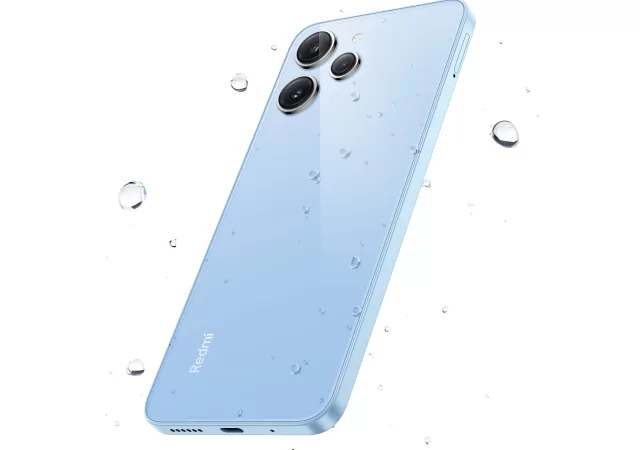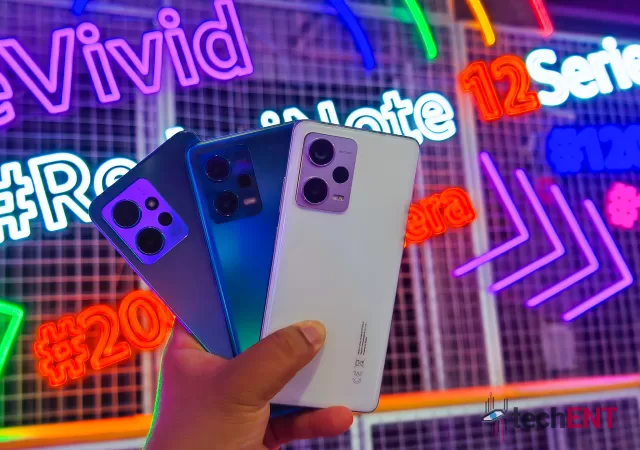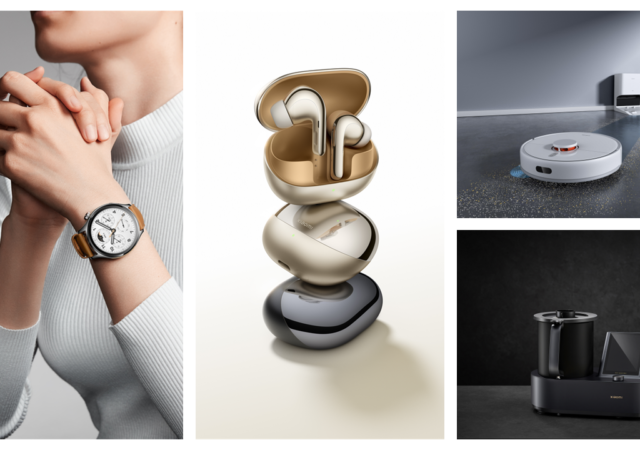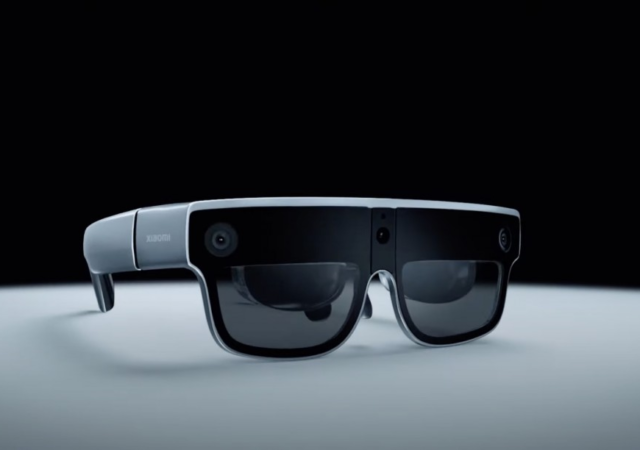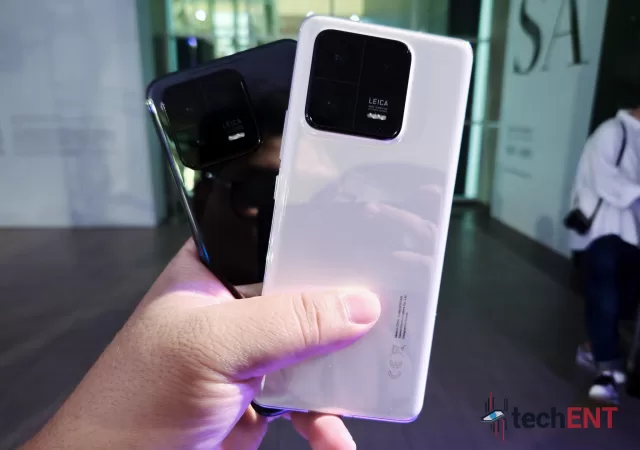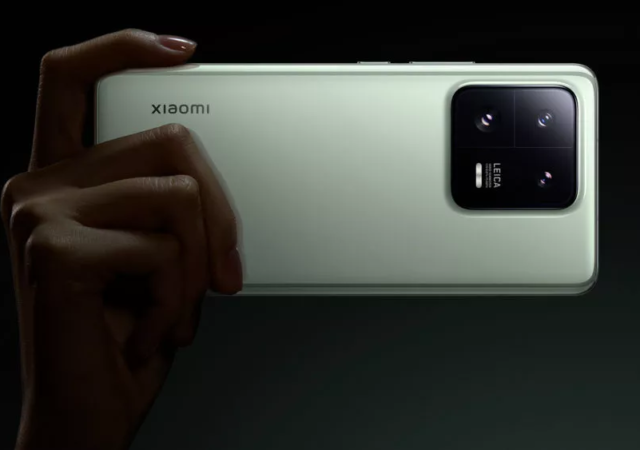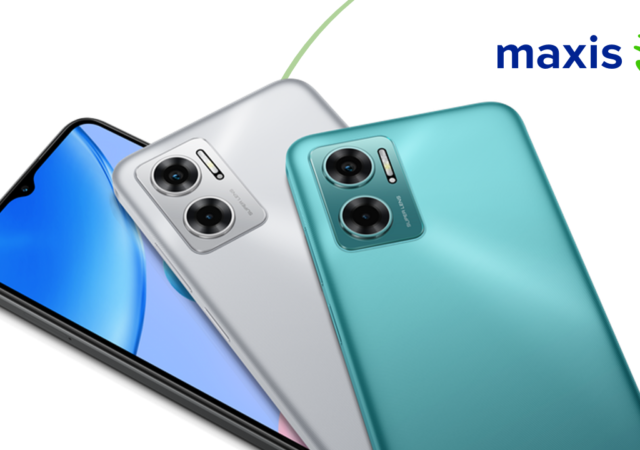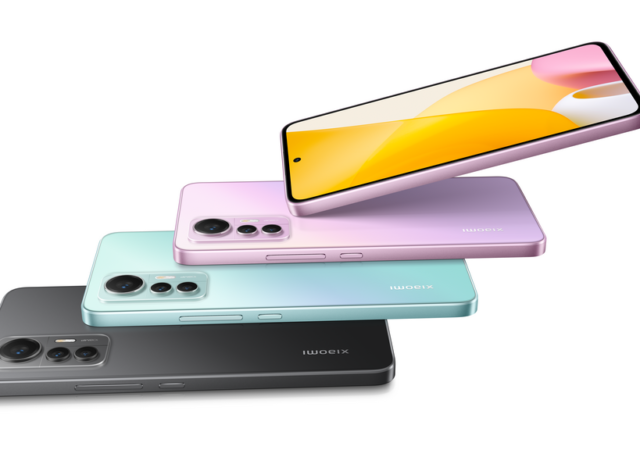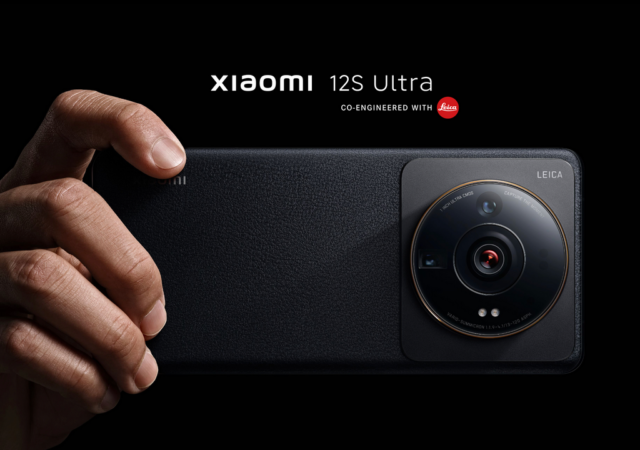Xiaomi launches the Redmi 12 in Malaysia for only MYR 599 with MediaTek Helio G88 SoC, 50MP camera, and 5,000mAh battery.
Xiaomi Redmi Note 12 Series Brings Flagship Class Specifications to a More Affordable Price Point
Xiaomi announces their new Redmi Note 12 series in Malaysia spearheaded by the Redmi Note 12 Pro+ which comes with a 200-megapixel camera.
Xiaomi’s New Premium AIoT Offerings Come to Malaysia
Xiaomi launches new AIoT offerings in Malaysia, including the Buds 4 Pro, the Watch S1 Pro, a fleet of robot vacuums with advanced LDS sensors, and a smart cooking robot with over 200 chef’s recipes.
[MWC 2023] Xiaomi Showcases Wireless AR Glasses at MWC 2023
Xiaomi is bringing back the age of smart glasses when they unveiled their new wireless, augmented reality (AR) Glasses. Announced at the MWC 2023 conference in Barcelona, the device is currently at the concept stage and is called the Xiaomi…
Hands-on with the Xiaomi 13 Pro in Ceramic White
techENT goes hands-on with the Xiaomi 13 Pro in Ceramic White.
Xiaomi 13 series Comes to Malaysia Complete with the 1-inch Leica Sensor
Xiaomi debuts its Xiaomi 13 series smartphones in Malaysia complete with camera software and hardware from Leica.
Xiaomi 13 series unveiled in China, challenges for top spot
Xiaomi’s latest flagship devices, the Xiaomi 13 series, have been announced in China and challenges to be a top device in 2023. Xiaomi’s announcement revealed two devices, the Xiaomi 13 and Xiaomi 13 Pro as part of the series. Both…
Xiaomi’s Redmi 10 5G Available in Malaysia Exclusively from Maxis
Xiaomi launches the Redmi 10 5G in an exclusive agreement with Maxis which offers the device for as low as MYR1.
Xiaomi 12 Lite Brings a 108-Megapixel Camera to the sub MYR1,000 Price Point
Xiaomi announces the Xiaomi 12 Lite which comes with a 108-megapixel sensor and an AMOLED display with 120Hz refresh rate.
The Xiaomi 12S Ultra with Leica Co-Engineering Spearheads Xiaomi’s New Flagship Lineup
Xiaomi unveils a new lineup of flagship smartphones spearheaded by the Xiaomi 12S Ultra with Leica Co-engineered camera technology.



